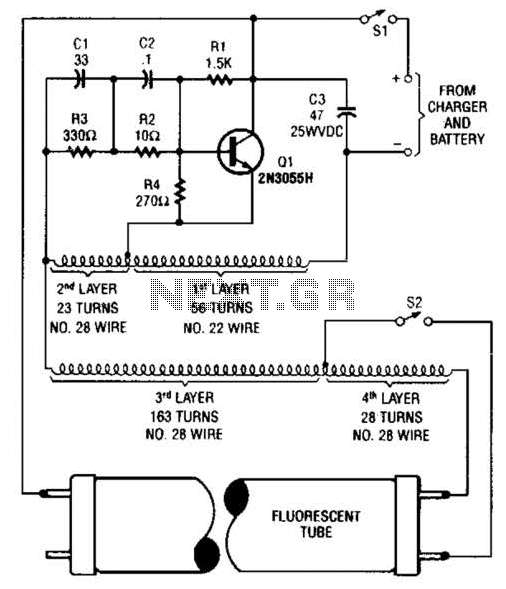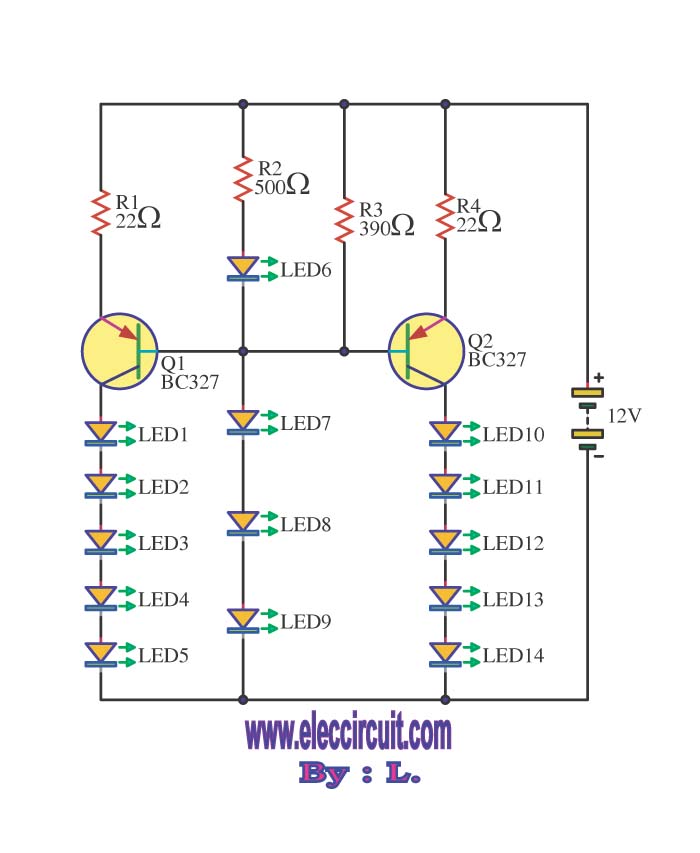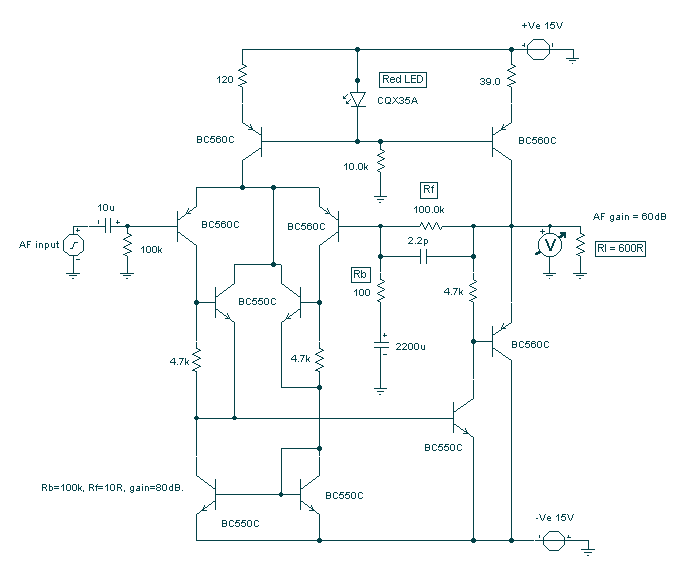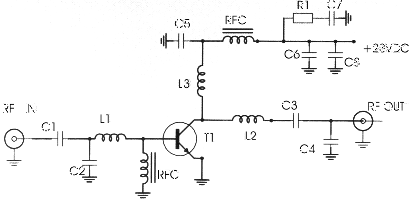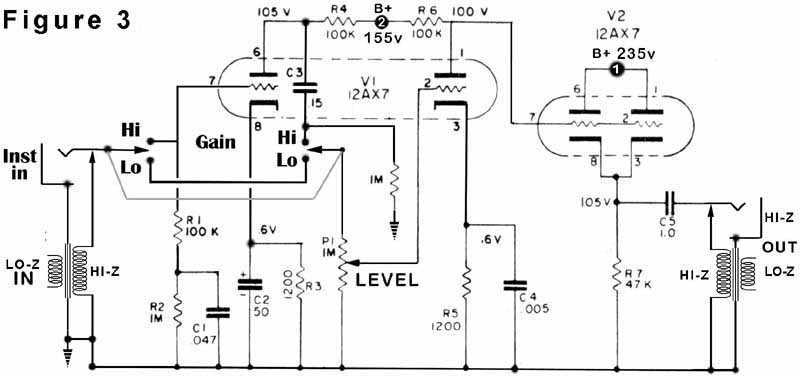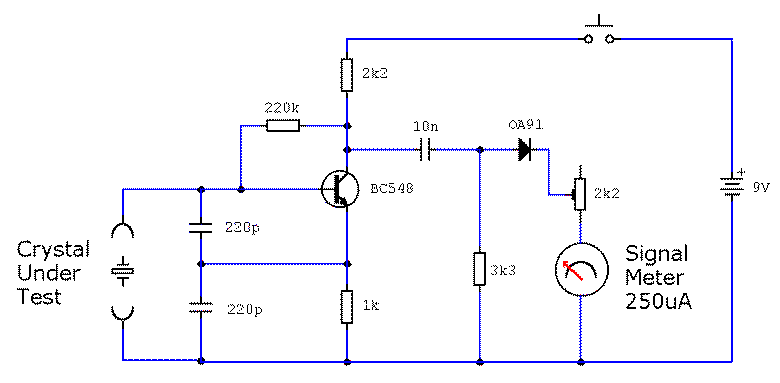
Three ECC83-Based Tube Phono Preamplifier Circuits
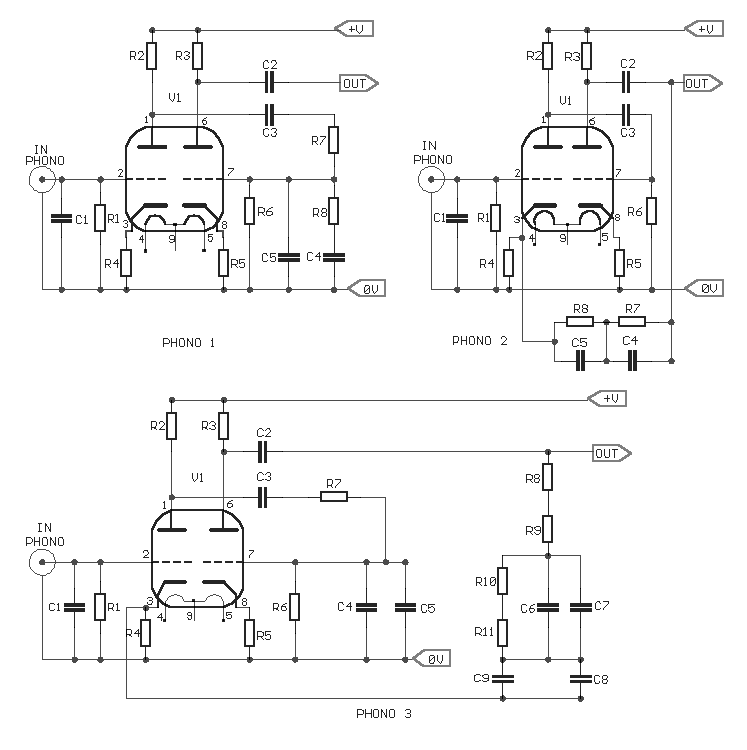
The three circuits were based on the vacuum tube ECC83, designed to produce phono preamplifiers in compliance with RIAA standards.
The described circuits utilize the ECC83 vacuum tube, a dual-triode component known for its low noise and high gain characteristics, making it suitable for high-fidelity audio applications. Each circuit is configured as a phono preamplifier, which is essential for amplifying the low-level signals generated by vinyl records to a standard line level suitable for further processing or amplification.
The adherence to RIAA (Recording Industry Association of America) standards ensures that the frequency response of the phono preamplifiers is optimized for vinyl playback. This involves applying a specific equalization curve that compensates for the inherent frequency response of vinyl records, which is crucial for accurate sound reproduction.
The circuit design may include a power supply section, providing the necessary high voltage for the ECC83 tubes, typically around 250V. Additionally, the signal path may feature coupling capacitors to block DC components while allowing AC signals to pass, ensuring that the audio signal remains intact.
Feedback mechanisms could be integrated to enhance linearity and reduce distortion, which is particularly important in audio applications where clarity and fidelity are paramount. The output stage may be designed to drive standard audio equipment inputs, ensuring compatibility with various amplifiers and sound systems.
Overall, the design of these phono preamplifiers emphasizes high-quality audio performance, low distortion, and compliance with industry standards, making them suitable for audiophiles and professionals in the recording industry.The three circuits were based on the vacuum tube ECC83 designed to produce phono preamplifiers in compliance with the RIAA standards. Recording Industry A.. 🔗 External reference
The described circuits utilize the ECC83 vacuum tube, a dual-triode component known for its low noise and high gain characteristics, making it suitable for high-fidelity audio applications. Each circuit is configured as a phono preamplifier, which is essential for amplifying the low-level signals generated by vinyl records to a standard line level suitable for further processing or amplification.
The adherence to RIAA (Recording Industry Association of America) standards ensures that the frequency response of the phono preamplifiers is optimized for vinyl playback. This involves applying a specific equalization curve that compensates for the inherent frequency response of vinyl records, which is crucial for accurate sound reproduction.
The circuit design may include a power supply section, providing the necessary high voltage for the ECC83 tubes, typically around 250V. Additionally, the signal path may feature coupling capacitors to block DC components while allowing AC signals to pass, ensuring that the audio signal remains intact.
Feedback mechanisms could be integrated to enhance linearity and reduce distortion, which is particularly important in audio applications where clarity and fidelity are paramount. The output stage may be designed to drive standard audio equipment inputs, ensuring compatibility with various amplifiers and sound systems.
Overall, the design of these phono preamplifiers emphasizes high-quality audio performance, low distortion, and compliance with industry standards, making them suitable for audiophiles and professionals in the recording industry.The three circuits were based on the vacuum tube ECC83 designed to produce phono preamplifiers in compliance with the RIAA standards. Recording Industry A.. 🔗 External reference
